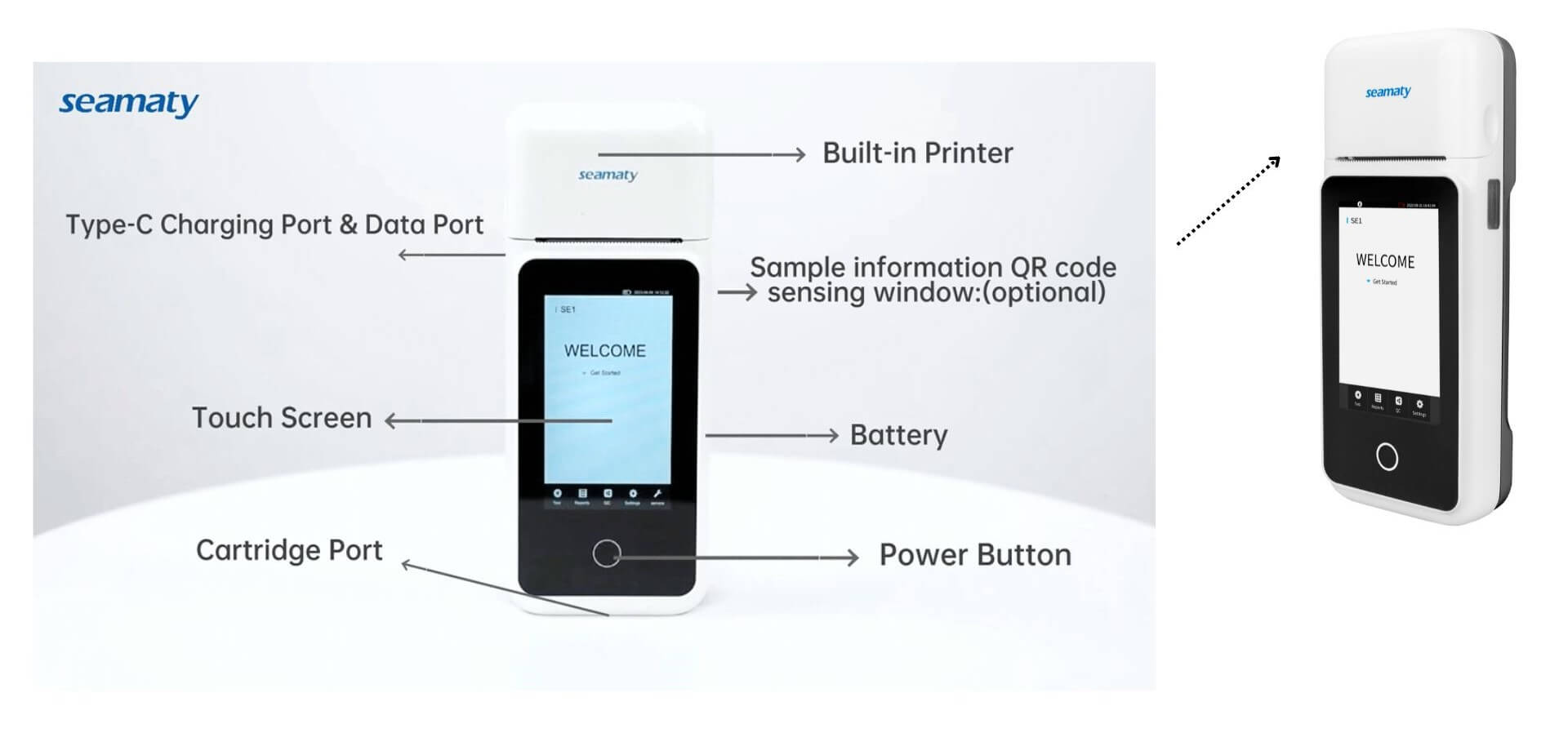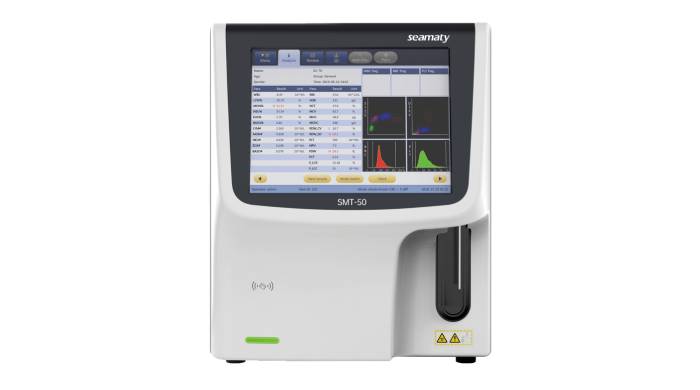In the instructions for biochemistry analyzers we find single wavelength and dual wavelength. What does this mean?
1. Single wavelength biochemical analyzer
The way of using one wavelength to detect the light absorption intensity of a substance is called single wavelength way. When the
biochemical analyzer contains a component in the reaction solution. Or the absorption peak of the component to be measured in the mixed reaction solution, there is no overlap with the absorption wavelength of other co-existing substances. Single wavelength can be selected.
2. Dual wavelength biochemical analyzer
In the absorbance detection, the use of a primary wavelength and a secondary wavelength is called dual wavelength mode. If there is a large absorption of interfering substances in the reaction solution of the biochemical analyzer, affecting the accuracy of the measurement results. It is better to use the dual wavelength method.
Role of dual wavelength
-
a) Eliminate noise interference;
-
b) Reduce the effect of stray light;
-
c) reduce the interference of light absorption of the sample itself.
The entire optical path system from the light source, to the colorimetric cup, monochromator, detector. There is an unstable detection signal that changes with time. That is, noise. The dual-wavelength detection is carried out simultaneously, the noise generated by the two wavelength detection is basically the same. Thus, noise interference can be eliminated.
When there are non-chemical interferents in the sample. Such as triglycerides, hemoglobin, bilirubin, etc. Will produce non-specific light absorption, and interfere with the accuracy of the measurement results. The use of dual wavelength mode of measurement can partially eliminate such interference and improve the accuracy of detection.
3. The application of dual wavelength biochemical analyzer
For certain analytical items with fast reaction speed and cannot be set to two-point endpoint method. Especially in single reagent analysis, the dual wavelength method can be used to partially eliminate the light absorption interference of the sample itself.
The items that are measured by single reagent method and in which dual wavelength is applied are as follows.
-
a) Total serum protein (bicuculline method) at a primary wavelength of 500 nm and a secondary wavelength of 576 nm.
-
b) Serum albumin (bromocresol chloride method) primary and secondary wavelengths of 600 and 700 nm, respectively.
-
c) Calcium (azoarsenic method) primary and secondary wavelengths of 660 and 770 nm, respectively.
-
d) phosphorus (UV colorimetric method) primary and secondary wavelengths of 340, 405nm.
-
e) magnesium (dimethylaniline blue method) primary and secondary wavelengths of 505 and 600nm.


